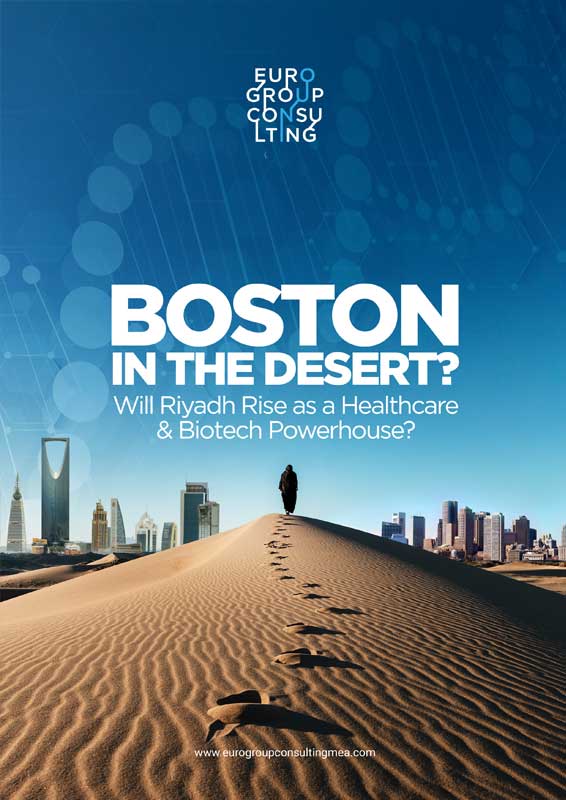
Saudi Arabia’s transformation under Saudi Vision 2030 progress is now visible in hard numbers. By 2024, 85% of the 1,502 initiatives under Vision 2030 were either completed or on track, with 674 fully done. These milestones show that the kingdom is moving quickly toward economic diversification.
One standout success: unemployment among Saudis fell from 12.3% in 2016 to 7% by Q4 2024, hitting Vision 2030 targets years ahead of schedule. This reflects real strides in workforce reform and youth employment programs.
Saudi Vision 2030 Progress: Economic Diversification in Full Swing

Saudi Arabia is no longer reliant solely on oil. Non-oil revenues reached $137.29 billion in 2024, doubling since 2016. The non-oil GDP hit approximately $681 billion, achieving 98% of its Vision 2030 goal, with steady CAGR of 3.01%.
The private sector now accounts for 47% of GDP, surpassing targets and demonstrating a real economic shift. At the same time, the Public Investment Fund (PIF) grew its assets by 390% since 2016, reaching $941.3 billion in 2024. PIF now sets its eyes on $2.67 trillion by 2030, signalling confidence in long‑term investment growth.
Diverse Sectors Lead the Non‑Oil Era
Tourism is surging: revenues jumped 148% above 2019 levels, marking strong non‑oil growth. Meanwhile, international firms with regional offices in Saudi exceeded 571 by 2024—well ahead of schedule. In Q1 2025, business licenses rose 48% year‑on‑year, highlighting investor demand tied to entertainment, tech, and tourism expansion.
Read Also: Can Riyadh Lead the Middle East’s Medical Research Revolution?
Smart Infrastructure and Digital Transformation
Digital modernization is reshaping governance. Over 95% of government transactions now happen electronically. 5G coverage has expanded widely. These developments are central to Saudi Vision 2030 progress, underpinning the shift toward a digital economy.
Strategic initiatives like NEOM and The Line, supported by advanced logistics and digital infrastructure, show how public‑private collaboration is building future‑ready cities.
Workforce and Social Inclusion Gains
Vision 2030 places strong emphasis on inclusion. In 2024, female workforce participation reached 36.2%, already beating the targeted 35.5%. Universities also improved in global rankings—doubling top‑500 placements—from two to four.
Programs like the Human Capability Development Program have helped reduce unemployment among youth and women. These investments in talent and education are directly tied to Saudi Vision 2030 progress.
Foreign Investment Flourishes
Saudi Arabia has become substantially more attractive to global investors. Its global competitiveness ranking climbed from 36th in 2016 to 16th today. Part of this shift is thanks to PIF’s strategic investments, including 40% exposure to domestic firms, which builds confidence in giga projects and long‑term growth.
State support for green industries, EV tech, and critical minerals further underscores the kingdom’s bid to be a global investment hub.
What It Means for the Future
Saudi Vision 2030 progress marks a dramatic transformation of the national economy. From early completion of flagship projects to robust private sector growth and strong social inclusion, the kingdom is broadly reshaping itself.
With nearly USD 1 trillion in PIF assets, digital governance, and a workforce ready for new industries, Saudi Arabia is charting a path to sustainable, tech‑driven growth. Not only that, the kingdom is positioning itself as a key player in the global non‑oil economy.
Read Also: Select Saudi Arabia Reimagined: Are You Ready? The CEO Guide to KSA
FAQs
Q: What percentage of Vision 2030 projects are completed or on track?
A: Around 85% of the 1,502 launched initiatives are either completed or on track, with 674 fully completed by 2024.
Q: What is Saudi Arabia’s non‑oil revenue in 2024?
A: Non‑oil revenue reached $137.29 billion, showing strong diversification away from oil.
Q: How is female employment tracking against Vision 2030 goals?
A: Female workforce participation hit 36.2% in 2024, surpassing the Vision 2030 target of 35.5%.
Q: How much have PIF assets grown since 2016?
A: PIF assets surged by 390%, reaching $941.3 billion in 2024, with a target of $2.67 trillion by 2030.
Q: Which sectors are driving non‑oil growth?
A: Tourism (up 148%), entertainment, digital tech, electric vehicles, and foreign direct investment in giga projects are leading the charge.




